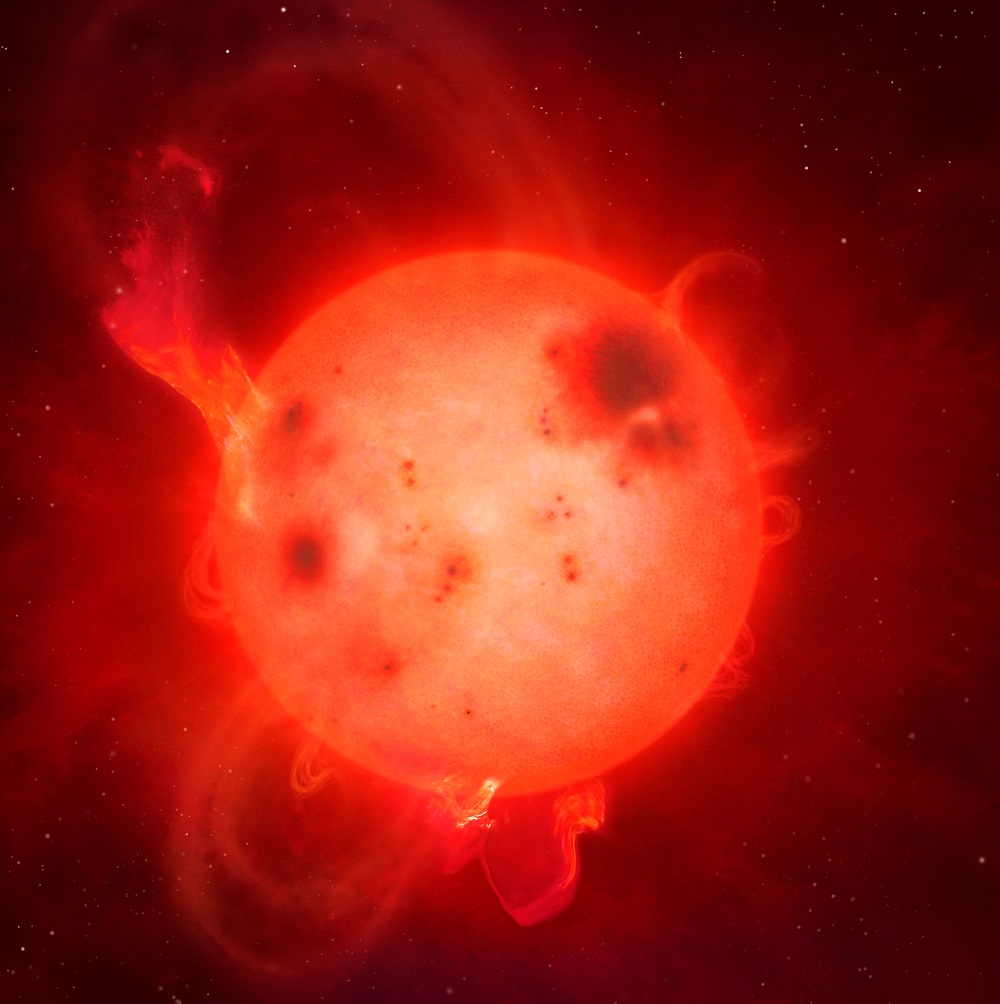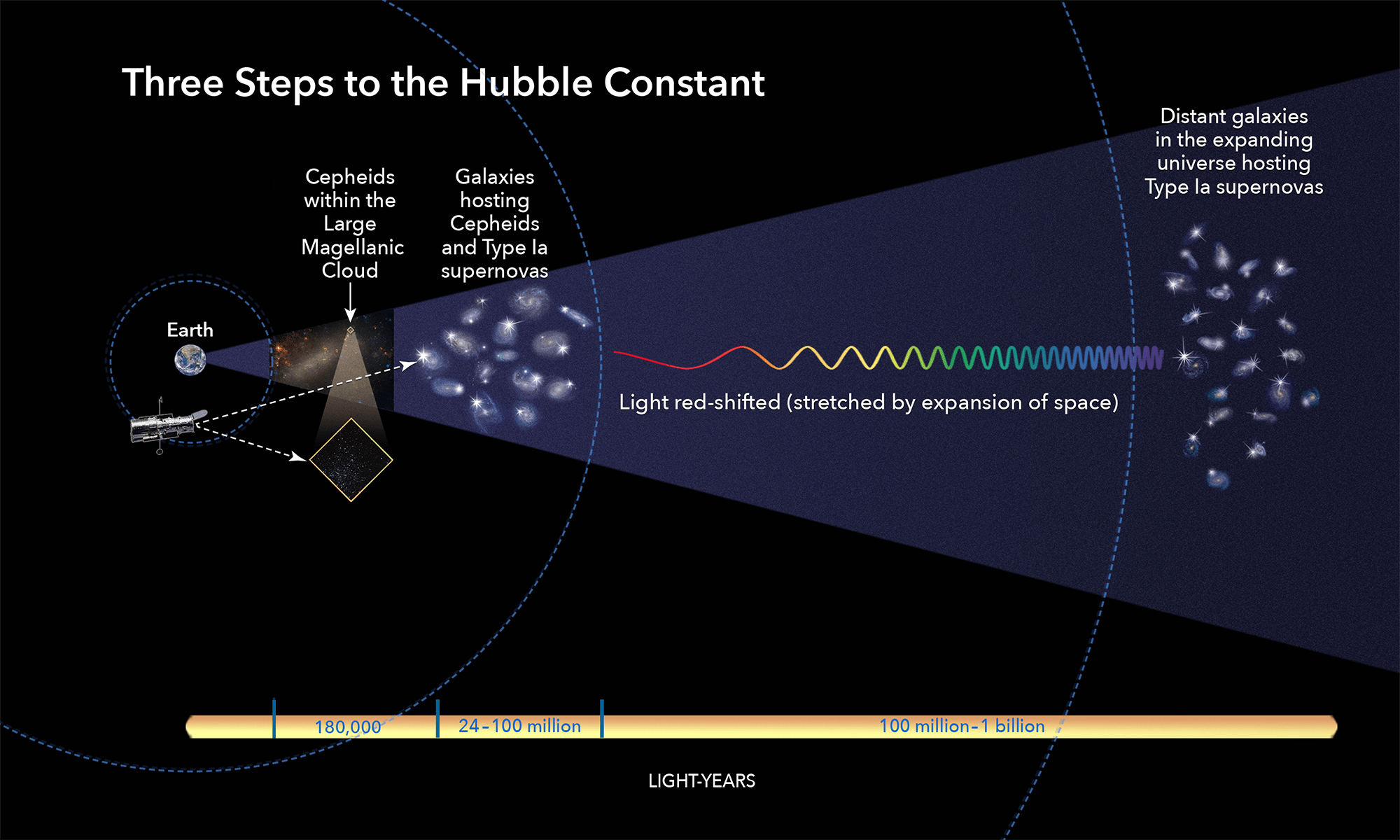Since the 1960s, astronomers have theorized that all the visible matter in the Universe (aka. baryonic or “luminous matter) constitutes just a small fraction of what’s actually there. In order for the predominant and time-tested theory of gravity to work (as defined by General Relativity), scientists have had to postulate that roughly 85% of the mass in the Universe consists of “Dark Matter”.
Despite many decades of study, scientists have yet to find any direct evidence of Dark Matter and the constituent particle and its origins remain a mystery. However, a team of physicists from the University of York in the UK has proposed a new candidate particle that was just recently discovered. Known as the d-star hexaquark, this particle could have formed the “Dark Matter” in the Universe during the Big Bang.
Continue reading “Is the “D-star Hexaquark” the Dark Matter Particle?”










